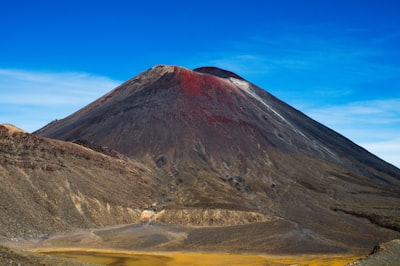Ever wondered why, across continents and centuries, human beings feel compelled to scale mountain peaks, especially those still trembling with volcanic energy? Mount Rinjani is not just a trekker’s challenge; it’s a living volcano whose crater once birthed legends of gods and monsters.
In Indonesia, legends tell of spirits living within Rinjani’s smoky maw. In Japan, Mt. Fuji’s volcanic cone has been worshipped as a portal to the divine for over a millennium. Even Mount Olympus, home of Greek gods, owes its mythic status to its imposing, cloud-shrouded heights. Volcanic mountains aren’t just geological features—they’re also cultural beacons, drawing seekers, pilgrims, and adventurers who chase something more than just altitude.
Mountains like Rinjani test our physical limits—and, perhaps more subtly, our willingness to court awe and existential risk. What is it about standing on the rim of a crater that makes us feel closer to the sky, and to our own hidden fears? Are we compelled by the thrill, or by the search for meaning? Would you climb a restless volcano if you knew it might stir beneath your feet?
This article was inspired by the headline: 'Malaysian injured while climbing Indonesia’s Mount Rinjani'.

Comments
No comments yet. Be the first to comment!